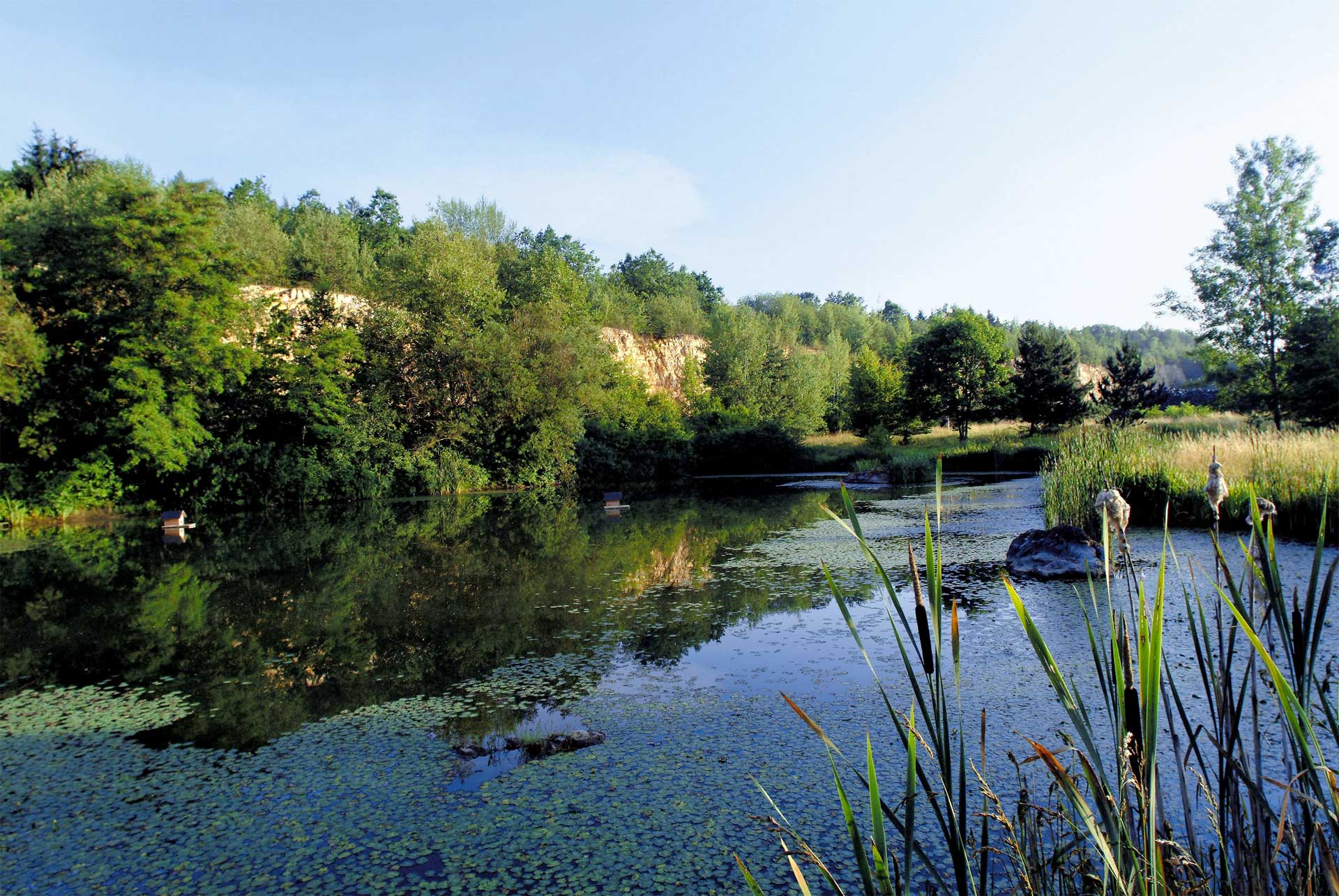Biodiversity in quarries
Quantifying a quarry’s contribution to biodiversity
At HeidelbergCement, we work with many local nature conservation organisations worldwide. Our partnership with the largest international nature conservation organisation, BirdLife International, is providing both parties with a deeper understanding of the positive role quarries can play in biodiversity conservation.
Biodiversity surveys of quarry sites are revealing exciting results and assisting us in understanding the value of quarries, and how to increase their potential for biodiversity gains – as these three recent studies show:
- In a comprehensive biodiversity study from Georgia conducted in 2018 by the local BirdLife partner, 772 individual bird species were recorded at the Kavtiskhevi quarry. There was even a nest of Egyptian Vulture (Neophorn percnopterus) recorded on site – a species that is listed in the IUCN Red List of Threatened Species and only has about 60 breeding pairs remaining in Georgia.
- In the Czech Republic, the aquatic plant Equisetum variegatum - commonly known as the Variegated Horsetail and listed in the country’s emergency programme by their Nature Conservation Agency - was introduced within five shallow ponds of the silt lagoon along the sandpit banks in the Tovačov region. This project is a forming part of an ongoing partnership between HeidelbergCement and the BirdLife partner at local level. Three years on and monitoring suggests that the plant has successfully established itself within the ponds.
- To determine the biodiversity net gains of the quarries, one of the BirdLife – HeidelbergCement partnership projects of 2019 is assessing the net impact of quarry sites that have a nature-orientated after use by evaluating the habitats before and after the quarrying activities. Initial results on selected quarries where the prior land use was agriculture have shown biodiversity gains, while sites where reclamation plans include creating habitats of high conservation importance have shown significant gains.
The outcomes of the studies provide a snapshot of HeidelbergCement’s positive contribution to specific habitat types and ultimately the impact on biodiversity conservation. Find more information on selected joint projects on the


